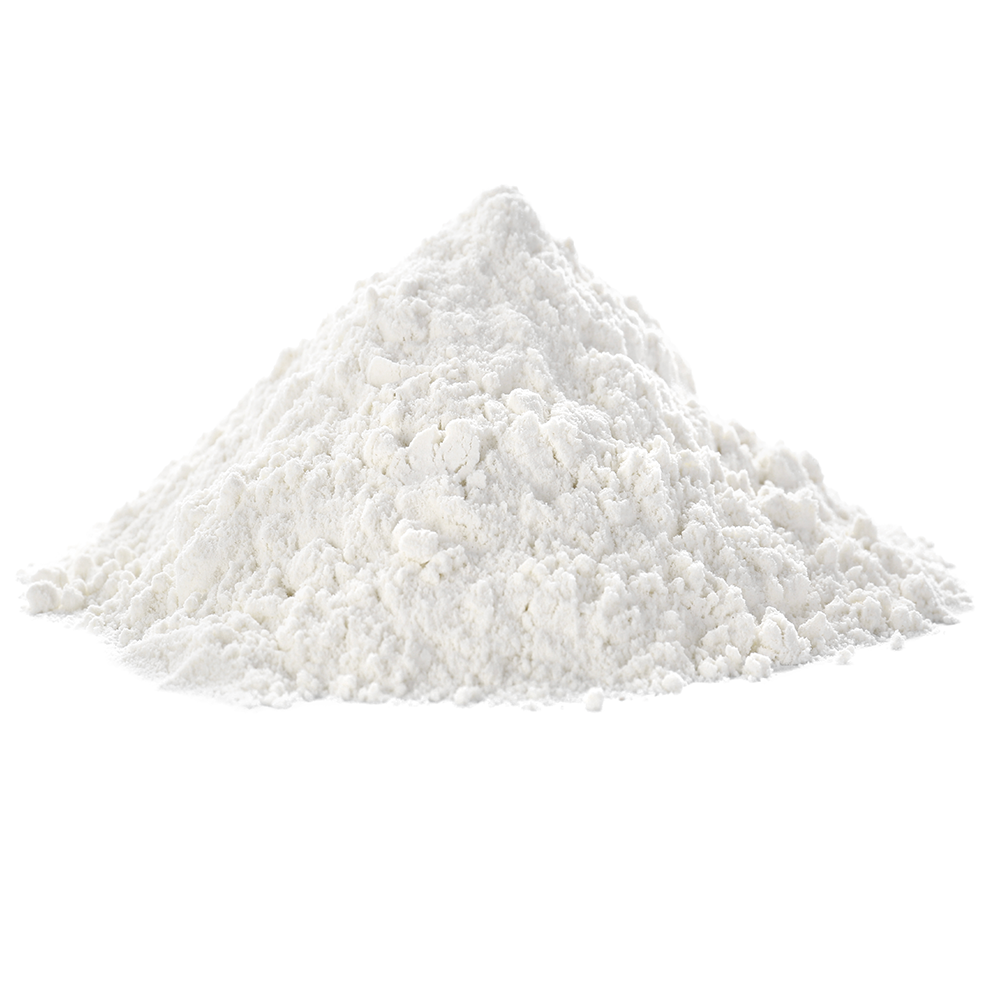When we think about caring for our health our thoughts are usually drawn to the foods we eat, supplements and vitamins we take or the amount of exercise we have (or have not) been implementing in our daily routine. What may be last on the list is the air we are breathing within our own home.
The “Green” movement began in the 1960’s and 1970’s but has exploded worldwide since the scientific community alerted us of the catastrophic consequences of climate change. This hit the media and mainstream culture causing mass interest and in some places resolve for change. Thankfully, new generations are becoming more aware of their carbon footprint and how they can contribute to repairing our desperately neglected Earth.
Toxic Cleaning Products
Looking beyond natural food markets and to major grocery stores, there has been a noticeable increase in cleaning products that are supposedly “green.” When reading labels, whether it be on food packaging or household cleaning products, you need to be a regular Nancy Drew to determine if the claims on labels are accurate and true.
The use of terms such as “green”, “sustainable” and “eco-friendly” are not regulated by any government agency. “Greenwashing” is a term that is used when companies wrap their products and advertise on TV using “green” terminology. This is only to dupe consumers into believing a product is not only good for the environment but also good for their health.
The United States Environmental Protection Agency (EPA) has two ecolabel programs, “Safer Choice” and “Design for the Environment,” which determines if cleaning products meet the standards for human health and environmental safety. The EPA stresses transparency of ingredients in products so consumers can make educated and wise choices about which chemicals they bring into their home (remember teens eating Tide pods, what was that about?) They also have an online database with a search engine to discover if a specific product is certified and up to par with the standards of the EPA1 (https://comptox.epa.gov/dashboard/).
There are also non-profit organizations such as Green Seal, whose mission is to inspect and certify products that are sustainable and safe to use within your home. When the “EPA” or “Green Seal” label is on a product you can be assured it has been through a rigorous inspection for the safety of your health and the environment2.
Fumes from cleaning products have been linked to:
- Asthma or other respiratory conditions
- Reproductive issues
- Birth defects
- Psychological conditions
- Skin irritations or burns
- Allergies
- Carcinogenic properties
Much attention has been given by government agencies to cleaning products that contain carcinogens. Unfortunately, the same products can have effects on the brain, nervous system and other organs although the research into these areas is lacking. It’s important to be an informed consumer when using products that release fumes in your home causing you and your loved one’s health to be at risk3.
“On a daily basis, Americans are exposed to many of the 80,000 chemicals currently used in the United States—few of which are adequately tested for their effects on health.”- NYS Health Foundation4
Plant-Based Cleaning Products
On that happy note (we jest), there are many alternatives to brand-name cleaning products which may be toxic and harmful. From laundry detergent, all-purpose cleaners, hand soaps to shampoo, there are companies who are dedicated to creating products that are sustainable and non-toxic. Another great way to purify and clean the air within your home is to turn to reliable mother nature. Here is a list of houseplants that reduce air pollutants and can be part of your inside décor (added bonus: more plants = more CO2 removed from the air) :
- English Ivy
- Chrysanthemum
- Aloe Vera
- Spider Plant
- Chinese Evergreen
- Kentia Palm
- The Flamingo Lily
When shopping for plant-based household cleaners you might want to do your homework before heading out to the store. There are “zero-chemical” products that are non-toxic and safe to use in your house around your pets and children. You can also find DYI recipes for household cleaners that work! Here is a quick example:
- Distilled white Vinegar
- Baking Soda
- Hot water
And Voila! There you have a cheap, simple cleaner that will cut through grease and remove stubborn coffee stains. Nearly every month a new eco-friendly brand emerges onto the market providing an opportunity for change to take place in our lives and in turn our world.
References:
- EPA, https://www.epa.gov/.
- 2. 15 best eco-friendly cleaning products, according to experts, https://www.nbcnews.com/select/shopping/eco-friendly-cleaning-products-ncna1266586.
- Cleaning Supplies and Your Health, https://www.ewg.org/guides/cleaners/content/cleaners_and_health/.
- Fact Sheet: Potentially Toxic chemicals in Personal Care Products, https://nyshealthfoundation.org/resource/fact-sheet-potentially-toxic-chemicals-in-personal-care-products/.









